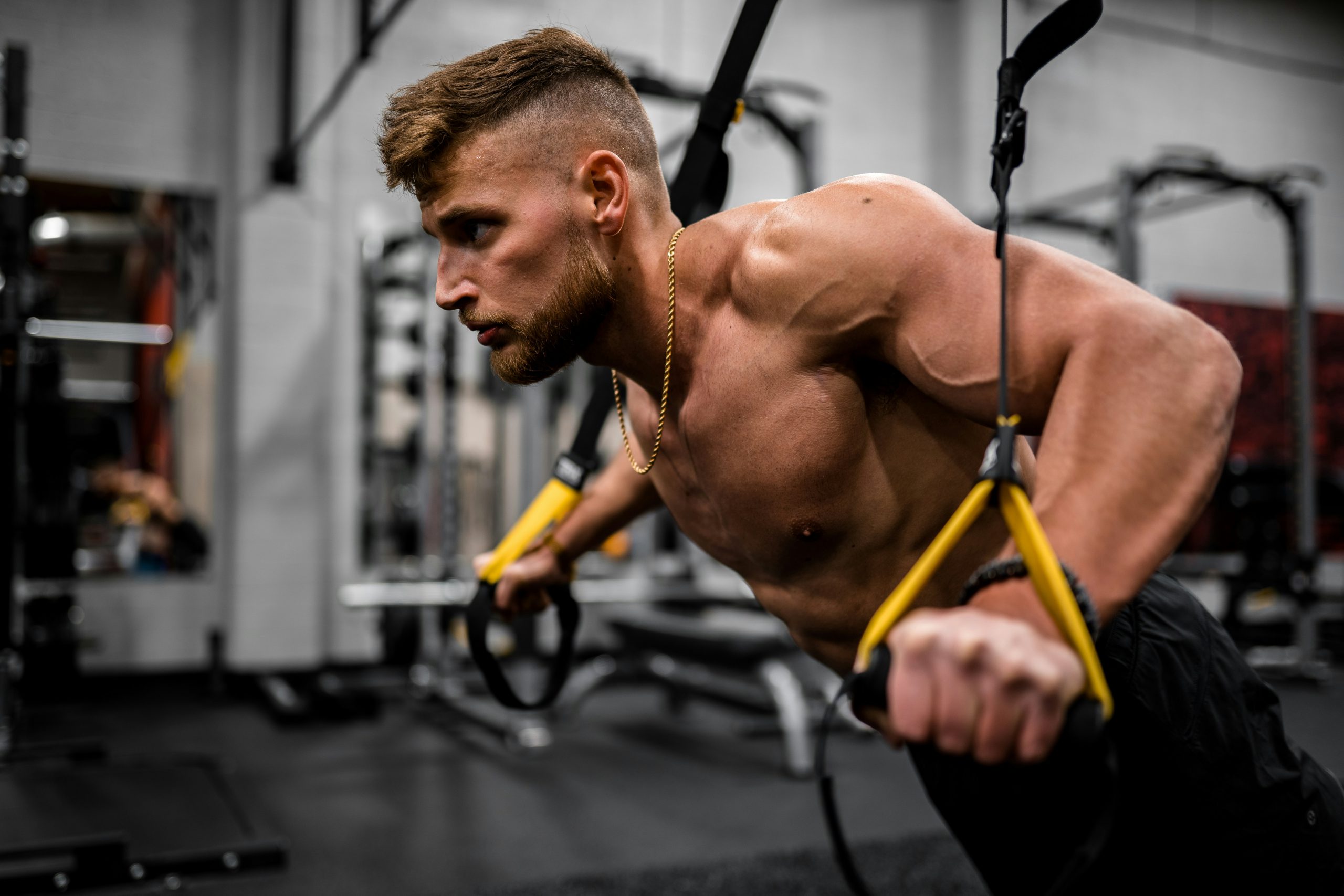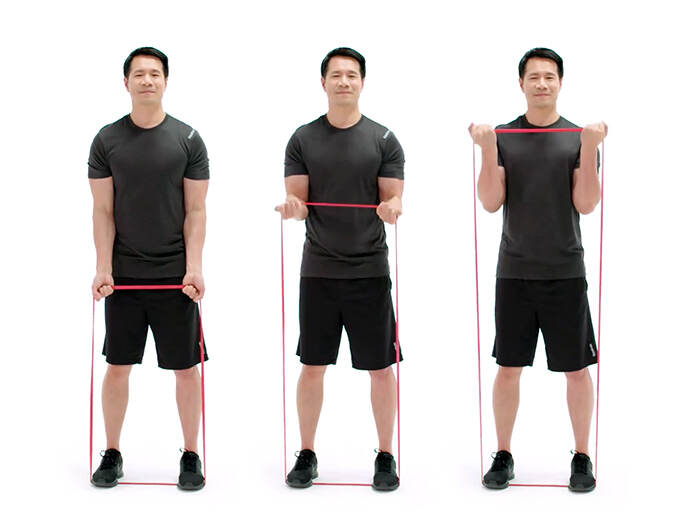I have witnessed a lot of nonsense in this industry; the list is endless. That said, I’m absolutely guilty of half of these things as well. I see too many people getting “good at sucking” (aka doing exercises wrong and then their bodies adapting negatively to it).
Take it from someone in their 40’s: don’t do these things. I’ve already made these mistakes for you.

You Might Be Guilty of Doing These Exercises Wrong:
-
Over-Rowing
This is a very common mistake that most people make when doing any type of pulling with your arms, be it pullups, pulldowns, and the like; instead of stopping around 90 degrees, they pull too far.
What’s the point of the rotator cuff? To keep the ball (humerus) in the socket, nothing more. When you keep the ball in the socket correctly in any hip or shoulder exercise (your 3Dimensional ball and socket joints of the body) we keep tension on our pulling muscles, namely your upper back muscles. With good centration, we have balance about the joint. Things will work correctly! Tension will be applied correctly! This is why you are lifting weights in the first place!
When we over-row, however, we screw this tension up. Why? Because of the Length/Tension Relationship. This is a physiological principle that demonstrates how different positions or lengths of sarcomeres/muscle fibers will produce different amounts of muscle tension and force.
Stated differently, if you contract a muscle with too much “shortness” (myofilament overlap, or on the other hand, too much “length-ness” (not enough myofilament overlap), your force capabilities will be compromised, and you won’t display as much strength, and you will reinforce dysfunctional mechanics (“getting good at sucking”). This is the concept of “cross-bridge cycling”, which if looked at under a microscope, looks like a crew team rowing.

Let’s use the classic Bicep curl as an example. 
End of your curl pic versus beginning of your curl (too much overlap and not enough overlap). Which of these is the strongest position where the MOST tension and force is created? If you said middle, you are correct, and are having a better day now. (If you have ever trained with me, its why I espouse 90 degree training in almost everything!)
In terms of any Row exercise, we completely lose tension when we “over-row”, or pull too far past our midline. Find that sweet spot to take advantage of the length tension relationship, while also not losing tension in that over-rowed position, which is exactly what happens. It’s no different in any other exercise.
If your goal is hypertrophy (size and “tone”), this is kind of a big deal. The cue’s I use for any pull, be it a pull up or row variation, is “Tall and Wide, and Don’t over-pull”; Find your sweet spot, which is usually where you feel the most tension in your lats, while not feeling your shoulder head out of the socket, which damages the shoulder joint, AND gives you less tension in the muscles you are trying to train. The picture below is an “over-row”, and below it is a good row 🙂
 Not Good! Look at my right shoulder dumping forward out of the socket
Not Good! Look at my right shoulder dumping forward out of the socket

Good! Shoulder IN the socket, and actually training the muscles that Rows train.
2. Gripping Your Glutes
“Squeeze your butt!” While it may feel cool to squeeze your butt tight (extreme posterior tilt of pelvis), what do you think that is doing to your femur’s head position in the socket (acetabulum)? If you said “moving it forward”, then you are again having a great day! Go buy a lotto ticket.
In technical terms, that is known as anterior femoral glide, which isn’t the worst thing, but it can potentially lead to something worse called Anterior Femoral Glide Syndrome, and worse, Femoral Acetabulum Impingement! That could happen if that is your regular technique, especially under load. (For the smarty pants out there, yes, this can be genetic, but you cant do anything about that, so let’s focus on what you can control) I see this a lot in the kettlebell crew who are always complaining of “hip flexor tightness”……maaaybe your femur has moved forward because you literally have caused that with all your butt gripping on all your swings?
This results in throwing off how your hips move in the socket, which will wreak havoc in everything from sprinting, to deadlifting, to hip flexion….you name it.
*Btw, you can Grip in a row too. Don’t Squeeze your shoulder blades together too hard, another bad cue!
One more thing—-Ladies, remember you told the trainer you wanted a nice round butt? Squeezing it creates dimples……don’t believe me? Squeeze your glutes hard right now and tell me how round they got…I am always shocked the masses haven’t realized THAT yet…..but I digress….
3. You’re Hip Thrusts are Ruining Your Lower Back
Overarching, especially in decline off a bench, can wreak havoc on your back health, along with the fact that your pelvis is not in the right, centrated position to even use your glues effectively, which I imagine is the reason you are doing Hip Thrusts in the first place. You are literally torqueing ABOUT your lumbar spine if you do these incorrectly. Below is the wrong and right way. Also, review this article for more on what constitutes good alignment.
Remember, if the pelvis is off, pretty much EVERYTHING is off in whatever you are doing, including your ability to breathe correctly, which also throws everything off even further! Chill on the excessive loads and get the exercise right, and as you now know from #2, don’t excessively squeeze your butt at the top 🙂
Those are just 3 things that come to mind. There are plenty of others! Stay tuned….
Author: Brian Mahoney



